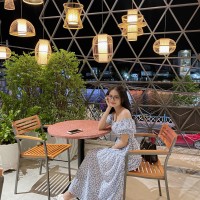How AI Predicts Next Season’s Fashion Trends
AI predicts next season’s fashion trends by analyzing runway, social media, and sales data—helping brands capture demand faster and more sustainably.
How does AI predict next season's fashion trends? Do you want to explore this topic? Let's find out more details in this article with INVIAI!
Artificial intelligence is transforming how designers and retailers anticipate upcoming styles. Today's AI models scan everything from runway photos to social media posts and sales figures to forecast what consumers will want next season.
AI models are standardizing and improving fashion trend forecasting by instantly digesting vast amounts of historical and real-time data, uncovering patterns, and flagging what'll be noteworthy trends.
— Industry Analysts
In short, AI-powered forecasting lets companies design and stock the right styles and colors well ahead of time.
The Role of AI in Trend Forecasting
AI leverages advanced data analysis techniques to reveal style trends at scale. These systems use computer vision to examine images and machine learning to find correlations in big data.
Computer Vision Analysis
Process millions of social media images daily to detect colors, fabrics, prints, silhouettes, and other key attributes shaping fashion trends.
Machine Learning Insights
Analyze runway show galleries and street-style photos in bulk, automatically inferring popular patterns, cuts, and color palettes.
By quantifying each trend's trajectory, AI helps brands "anticipate demand rather than react to it". These models even combine historical sales and search data with real-time signals: as one report notes, AI now "analyzes social media posts, sales data, and search trends" to give fast, data-driven insights.
Key Data Sources for AI Fashion Forecasting
Runway & Editorial Images
Social Media & Influencer Feeds
Search & Sales Data
Customer Feedback
Demographic/Regional Inputs
This approach not only identifies what is trending but also quantifies the trajectory of each trend.
— Heuritech, Trend-Forecasting Firm
Using these inputs, AI systems continuously update predictions, helping brands know if a style will grow or fade. In fast fashion especially, AI's real-time monitoring and predictive analytics mean that collections can be adjusted within days instead of months.
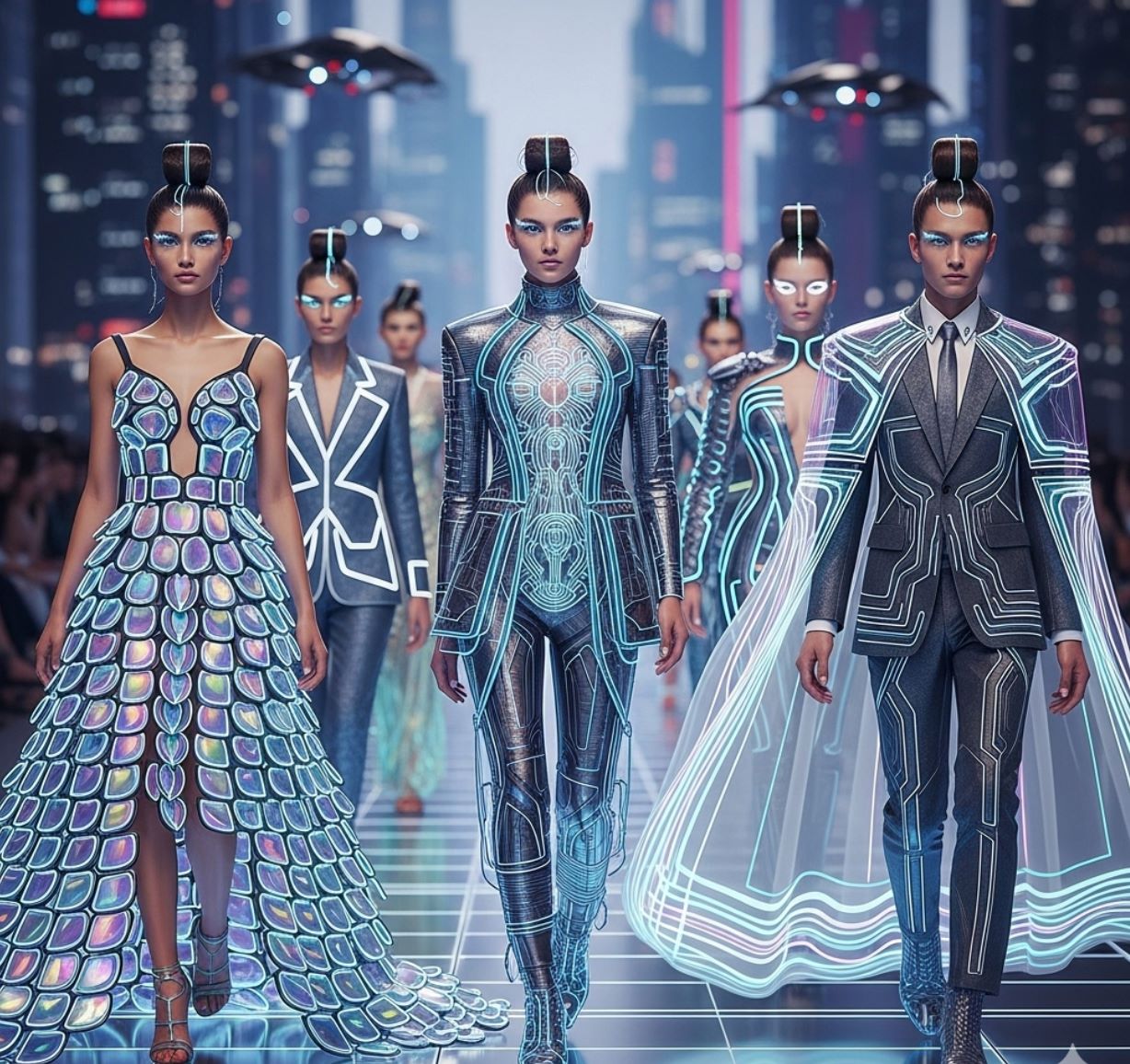
AI in Action: Tools and Examples
Companies around the world have developed AI forecasting tools that are revolutionizing the fashion industry. Let's explore some leading examples:
Specialized AI Forecasting Platforms
Heuritech
Trendalytics
Major Retail Implementation
- Zara: Built systems that continuously learn from customer behavior, monitoring real-time social and sales signals
- Shein: Uses algorithms to predict youth-driven trends and generate new designs based on social buzz
- Nike: Leverages AI for trend prediction and design generation based on consumer behavior
This AI-powered agility helps such brands "navigate fast-changing fashion cycles" better than traditional seasonal planning.
Consulting Firm Integration
Consulting firms like WGSN now integrate AI models into their forecasts, blending expert insight with social listening to provide comprehensive trend analysis.
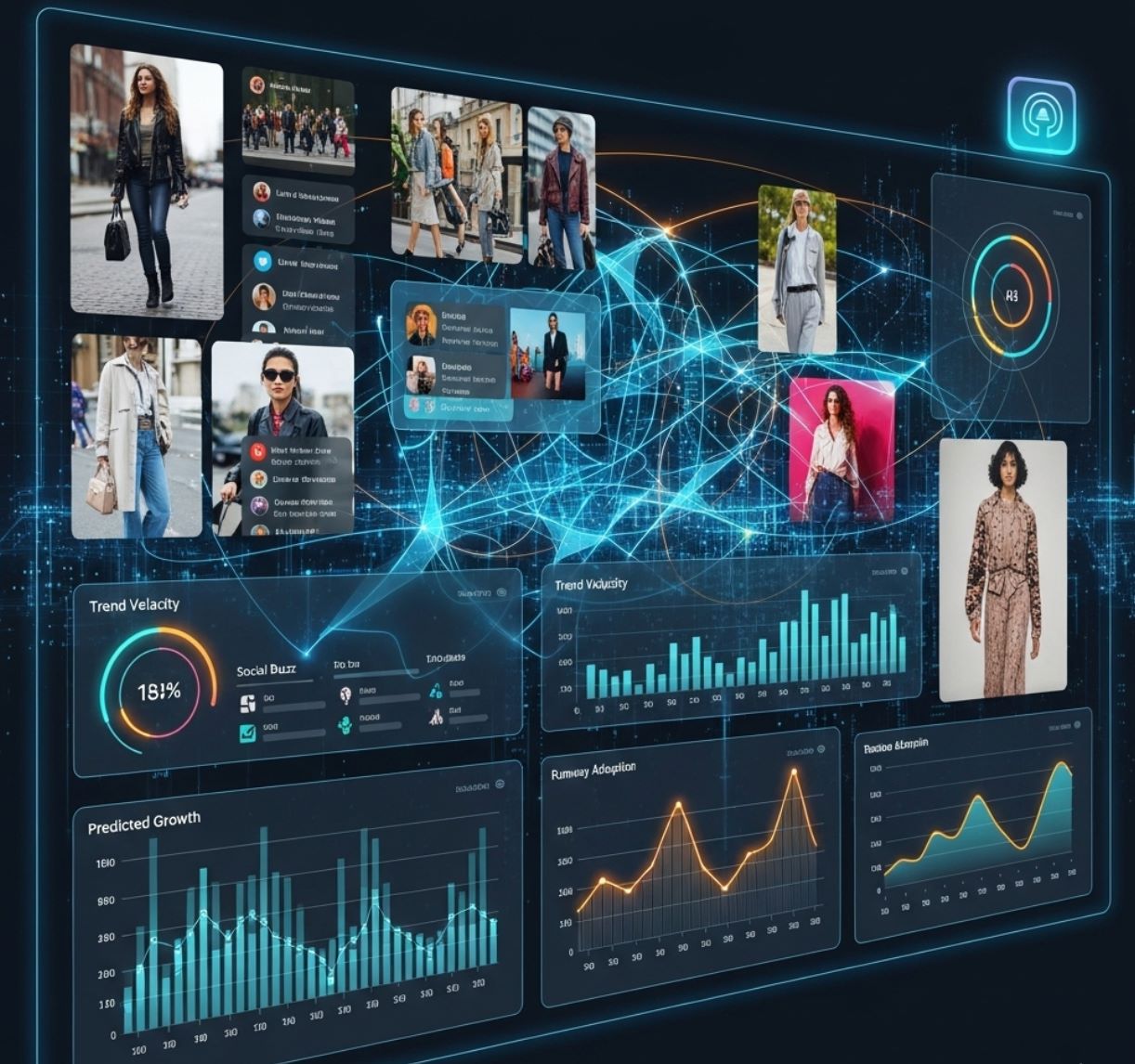
Personalization and Local Trends
Besides global trends, AI also enables highly personalized and localized forecasting. Recommendation engines powered by machine learning analyze individual shopper behavior to suggest custom styles.
One-Size-Fits-All
- Global trend predictions
- Limited personalization
- Broad demographic targeting
Hyper-Personalized
- Individual style preferences
- Local market adaptation
- Niche segment identification
Personalization Examples
Stitch Fix
Uses customer feedback, consumer preferences, and predictive analytics to suggest looks tailored to individual style preferences.
Zalando
Leverages AI to provide personalized fashion recommendations based on individual shopping behavior and style preferences.
AI allows a granular understanding of trends across different markets and demographics…enabling brands to adapt their collections to specific local preferences.
— Heuritech
In short, the same data-driven methods that predict broad trends can also be tuned to subcultures, cities, or age groups, helping designers create the right product in the right place.
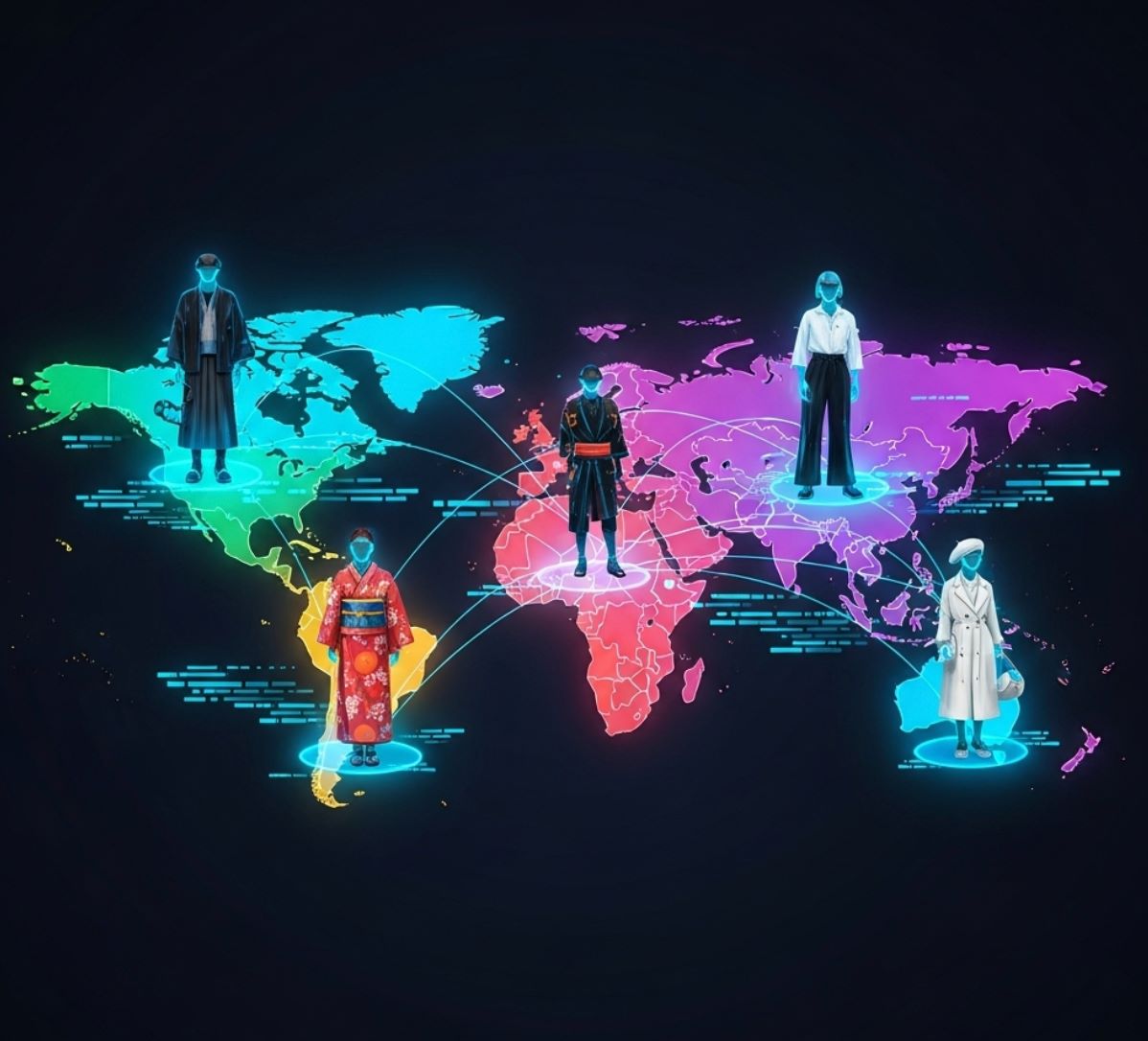
Benefits and Sustainability
AI-based forecasting offers clear business advantages while contributing to environmental sustainability. Brands report better customer experience as inventory is more often on-trend, and higher sales from quickly meeting demand.
Key Benefits Analysis
On-point Assortments
Higher Revenues
Less Waste
AI-driven trend forecasting…helps fashion brands predict trends by analyzing social media data, customer feedback, and historical data.
— Industry Analysis
Putting it simply, this data-driven approach replaces guesswork, so collections are based on evidence, not just hunches. Over time, learning algorithms continually refine their accuracy, further sharpening each season's forecasts.
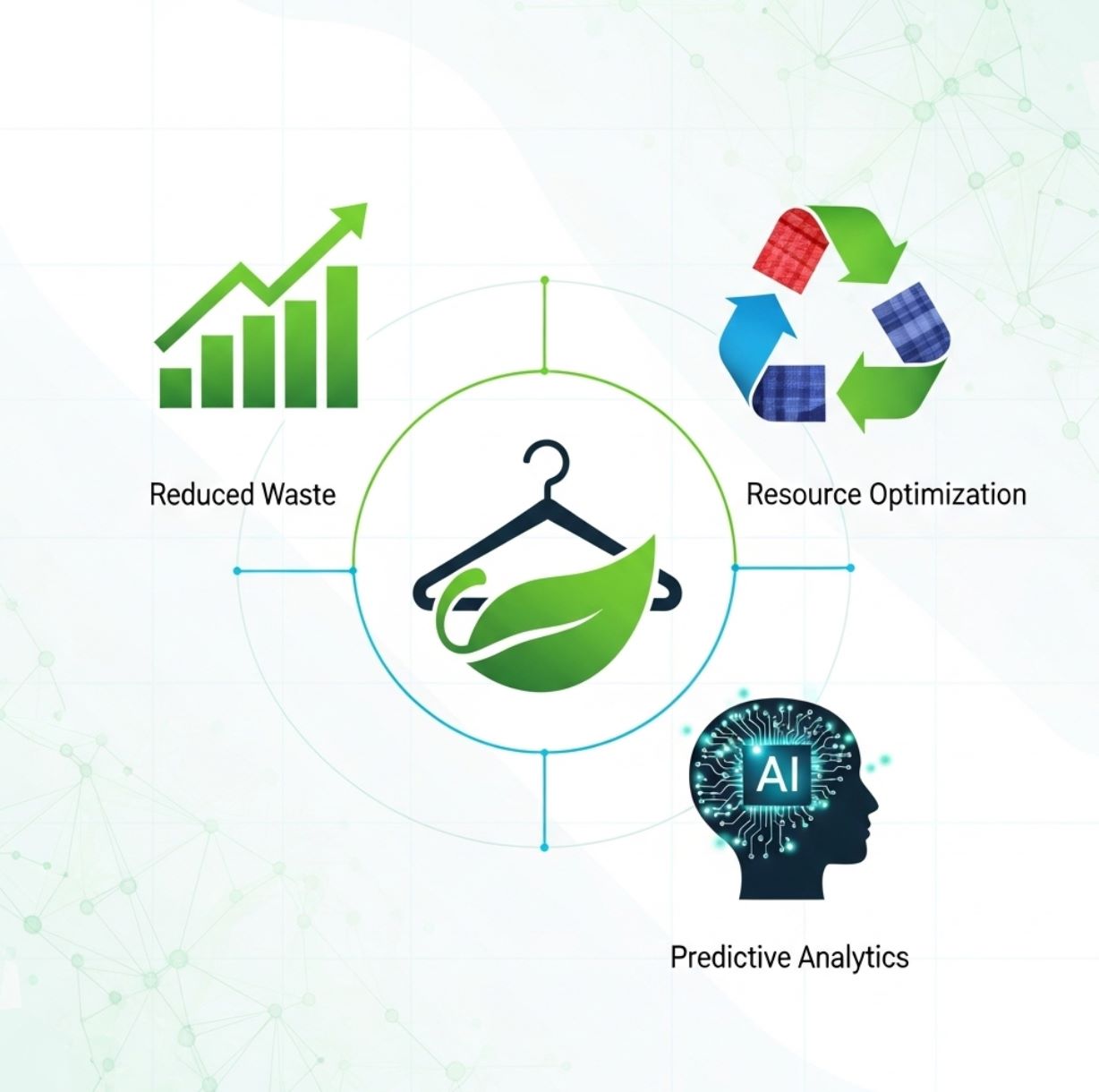
Challenges and Future Outlook
While powerful, AI forecasting isn't magic. Its accuracy depends on data quality and diversity, and there are several important limitations to consider.
Data Quality Dependencies
If certain styles haven't appeared enough in the data (for example, brand-new design innovations), the AI may not catch them immediately. The system's predictions are only as good as the data it's trained on.
Social Media Bias
Over-reliance on social media trends can bias predictions toward already-popular aesthetics, potentially missing emerging underground movements or completely new design directions.
Human-AI Balance
Experts stress the need to blend AI with human insight. As one forecaster put it, AI "doesn't remove creativity – it enhances it" by ensuring designs resonate, but designers must still steer vision.
Future Developments
Enhanced Precision
Even finer-grained forecasts with improved accuracy
Real-time Alerts
Instant "trend alerts" for designers and brands
Global Integration
Tighter integration of global and local data sources
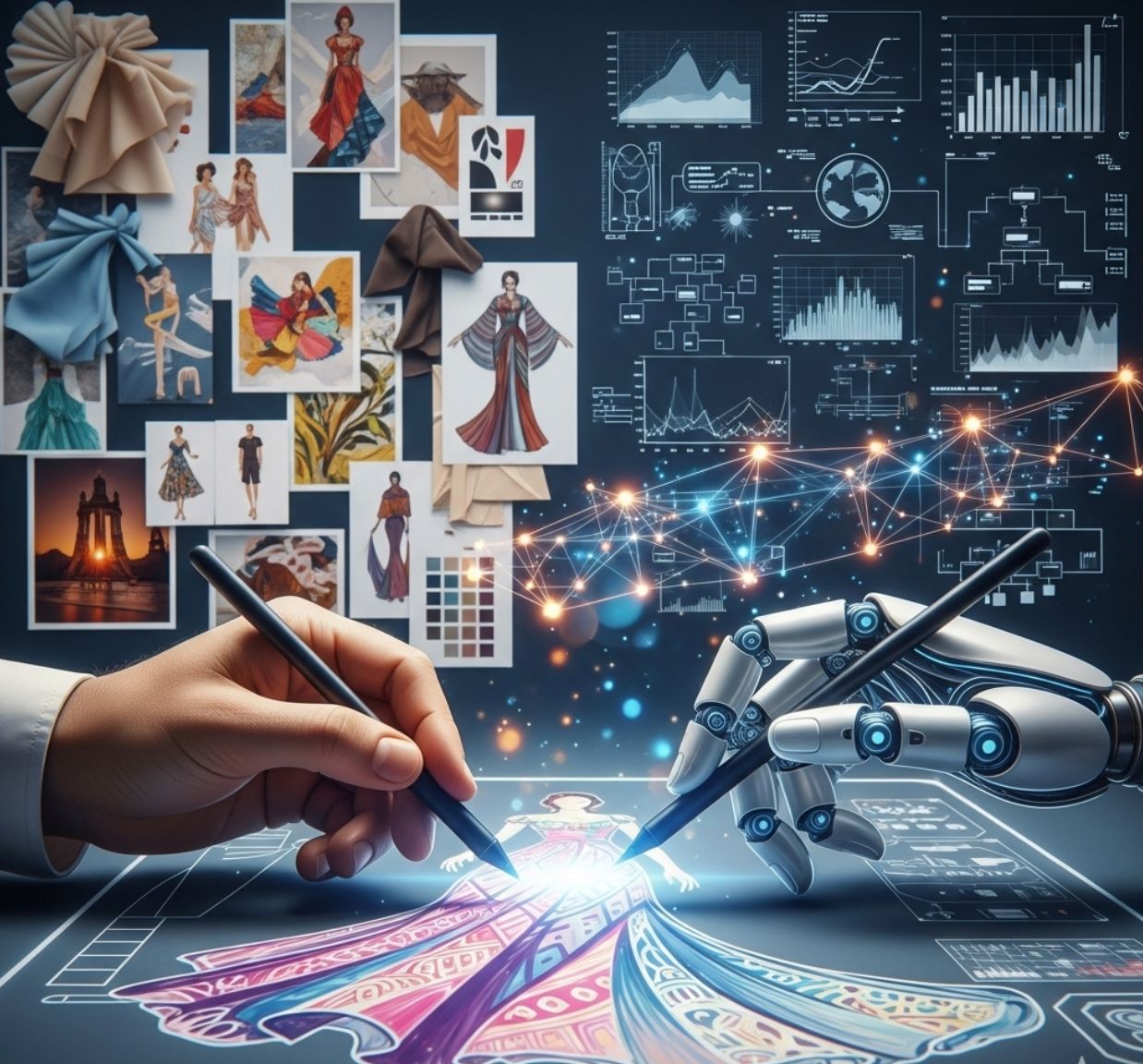
Conclusion: The AI-Powered Fashion Future
Artificial intelligence is rapidly reshaping fashion forecasting. By analyzing massive image and data sets, AI can now "identify emerging trends and anticipate future demand" that human experts might miss. Brands using these tools gain a competitive edge – launching timely, desirable collections while cutting excess inventory.


